Article Highlights
Vesuvianite, also known as idocrase, is a unique and fascinating mineral with a rich history and a variety of uses and meanings. This comprehensive guide delves into the various aspects of Vesuvianite, exploring its geological properties, gemological significance, and metaphysical attributes.
Understanding Vesuvianite
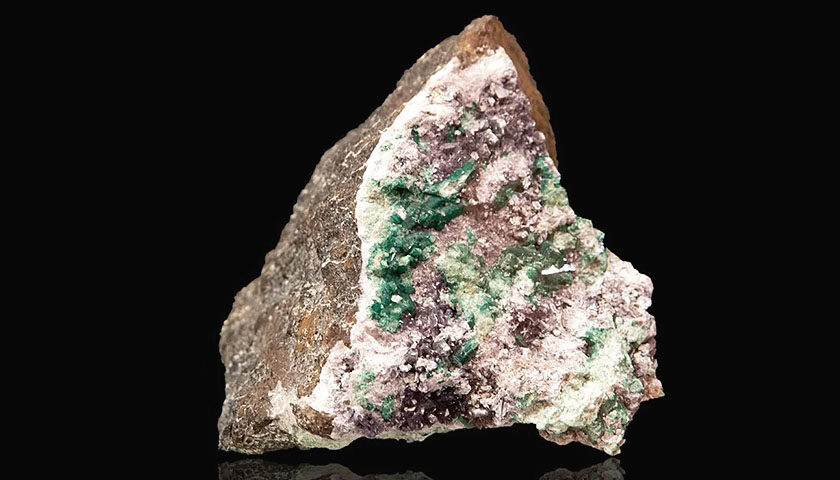
Vesuvianite is a complex calcium aluminum silicate mineral with diverse colors and forms. It’s often found in contact metamorphic environments and has captured the interest of collectors, gemologists, and spiritual seekers alike.
History

The discovery of Vesuvianite dates back to the late 1700s near Mount Vesuvius, leading to its name. Its alternative name, idocrase, is derived from Greek, reflecting its mixed crystal forms.
Geologic Occurrence and Formation
Vesuvianite commonly forms in specific geological settings, primarily in areas of contact metamorphism.
Contact Metamorphism and Vesuvianite
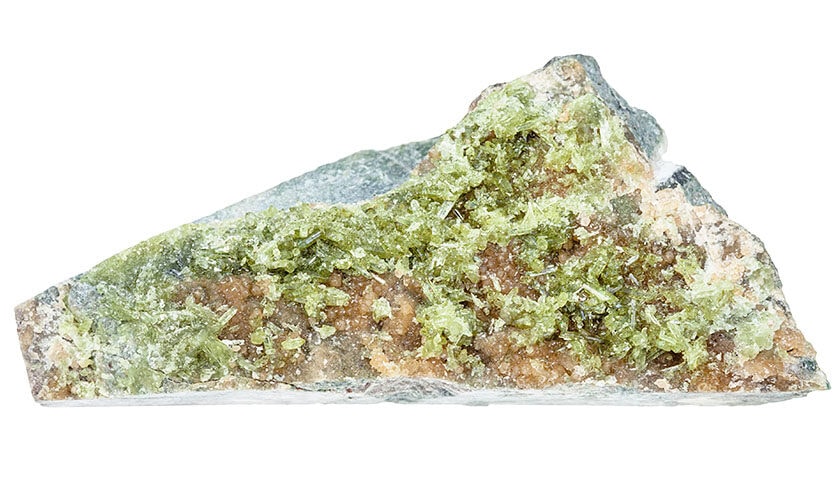
In contact metamorphic zones, Vesuvianite appears in rocks like marble and skarn, often alongside minerals like garnet and diopside.
Notable Locations
Significant deposits of Vesuvianite are found in places like Switzerland, Italy, Canada, Kenya, and Tanzania, each offering unique variations of this mineral.
Physical and Chemical Properties

Understanding Vesuvianite’s physical and chemical properties is crucial for identification and utilization in various fields.
Basic Physical Characteristics
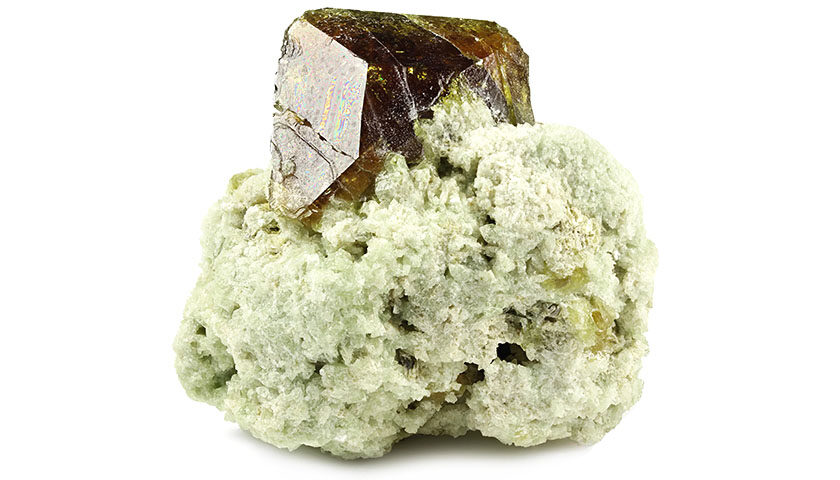
Vesuvianite is known for its range of colors, from greens to browns and even rare hues like blue and purple. Its translucent nature and vitreous luster make it appealing for various uses.
Mohs Hardness and Specific Gravity
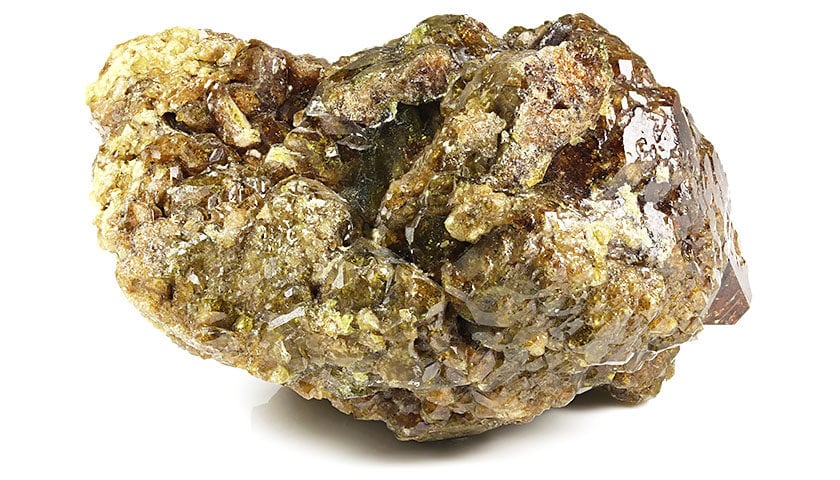
With a Mohs hardness of around 6.5 and a specific gravity of 3.3 to 3.5, Vesuvianite is notable for its durability and heft.
Chemical Composition
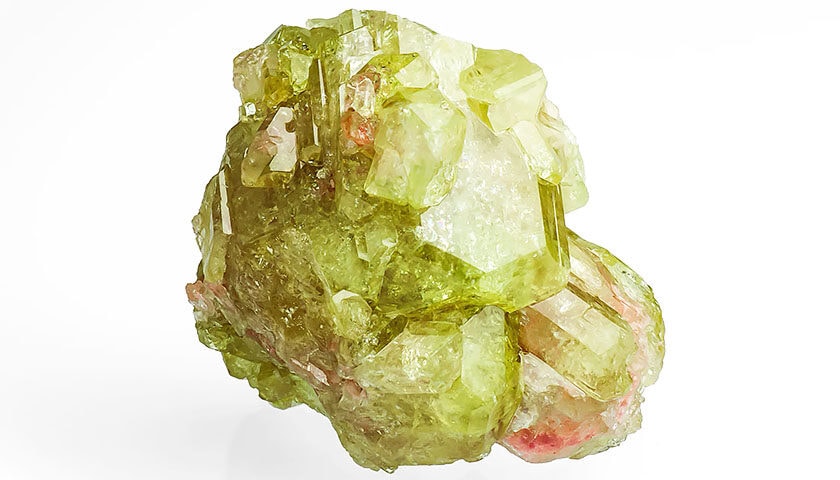
Vesuvianite’s chemical formula is complex, indicating its varied elemental makeup and contributing to its diverse physical properties.
Gemological Aspects of Vesuvianite

In the gemological world, Vesuvianite, or idocrase, is appreciated for its beauty and rarity.
Vesuvianite as a Gemstone
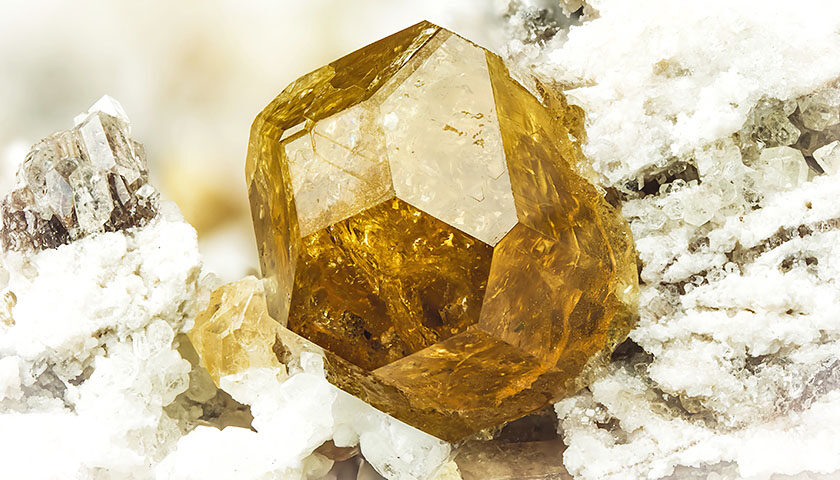
Translucent and colorful varieties of Vesuvianite are cut into cabochons and used in jewelry, often resembling jade or serpentine.
Jewelry Applications
Due to its hardness and brittleness, Vesuvianite is suitable for earrings, pendants, and pins, but requires protective settings in rings and bracelets.
Rarity and Value
Gem-quality Vesuvianite is rare, making it a prized possession among collectors and enthusiasts.
Vesuvianite Varieties and Misnomers

Several varieties of Vesuvianite exist, each with unique characteristics and regional significance.
Californite and Cyprine
Californite, a jade-like Vesuvianite, and Cyprine, a blue variant, are notable examples of this mineral’s diversity.
Fluorvesuvianite
Fluorvesuvianite is a white variety distinguished by its fluorine content.
Metaphysical and Healing Properties

Vesuvianite is believed to possess various metaphysical and healing properties, resonating with emotional and spiritual aspects of individuals.
Emotional Healing and Meditation
It’s thought that Vesuvianite can aid in emotional healing, bringing traumatic experiences to the surface for resolution through meditation.
Soul Nourishment and Tranquility
Vesuvianite is believed to offer strength and tranquility, nourishing the soul and promoting inner peace.
Balancing and Energizing
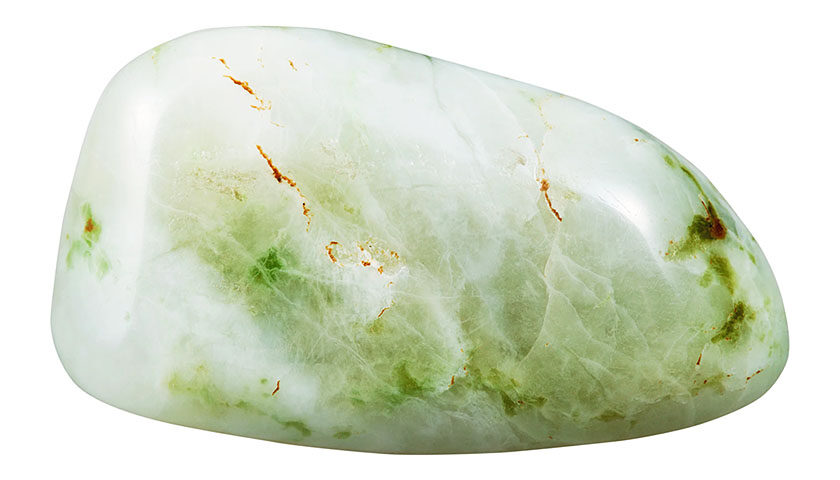
This mineral is also associated with balancing energy and revitalizing the spirit, making it a valuable tool for those seeking spiritual growth.



